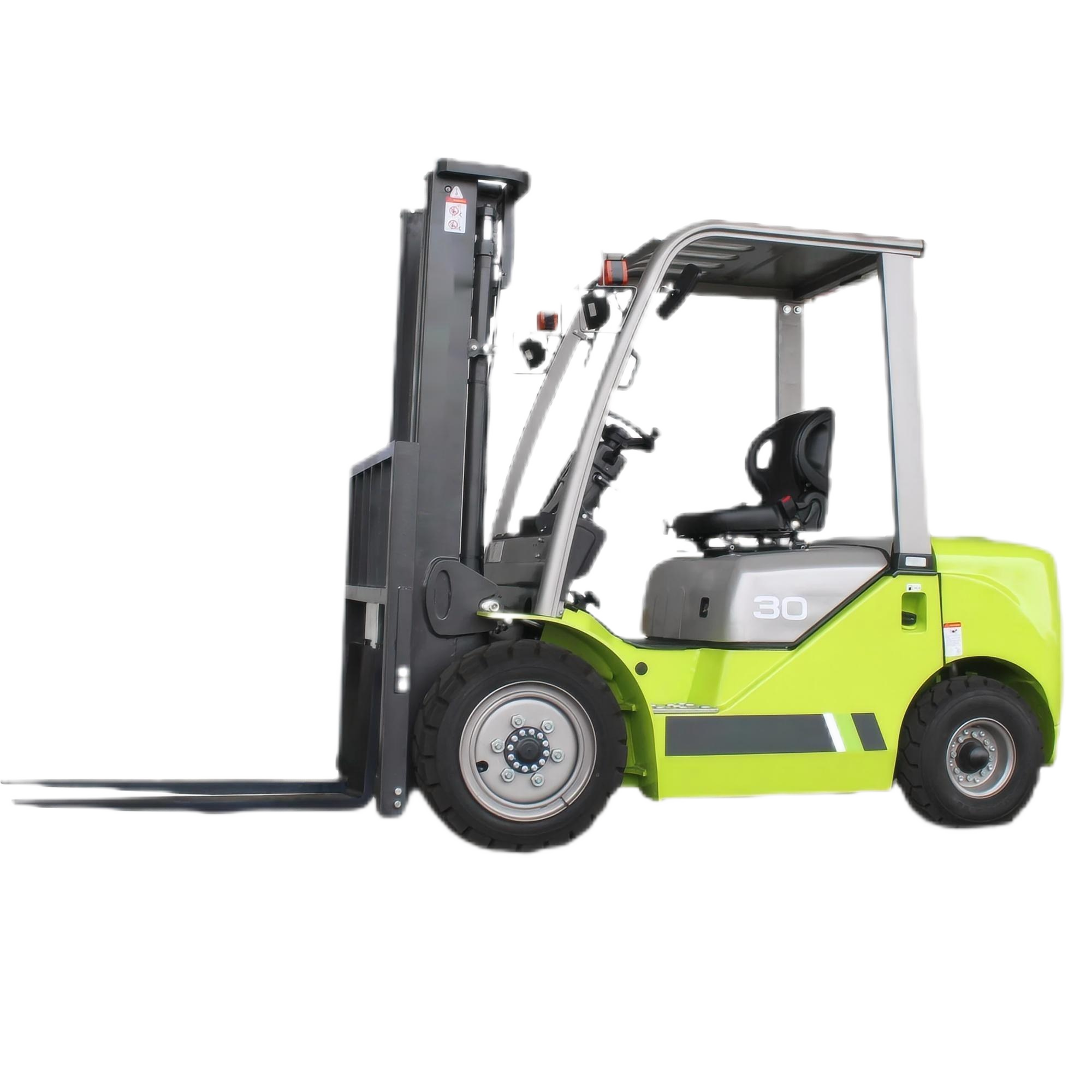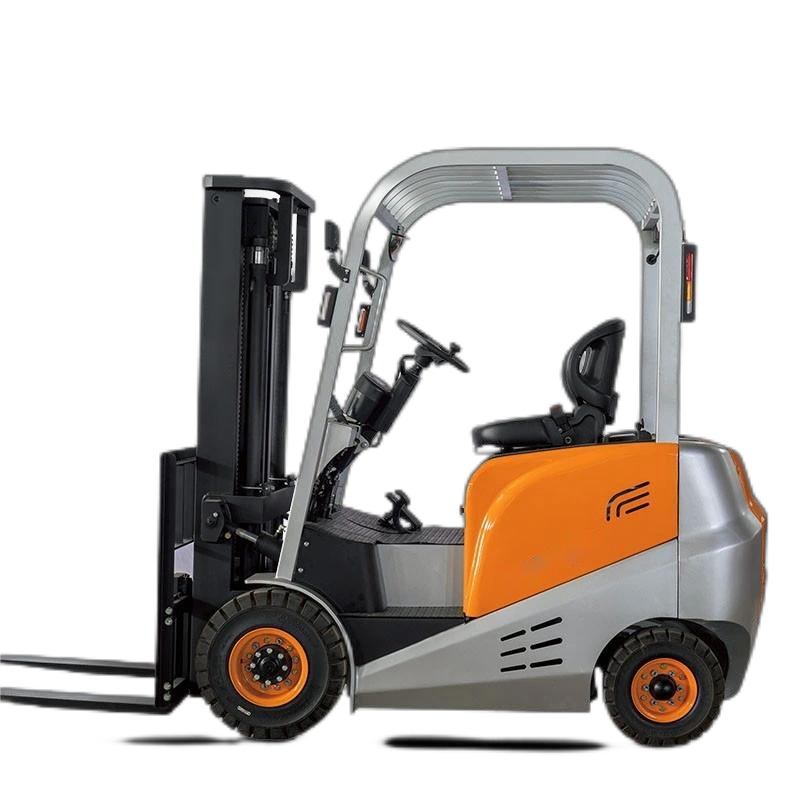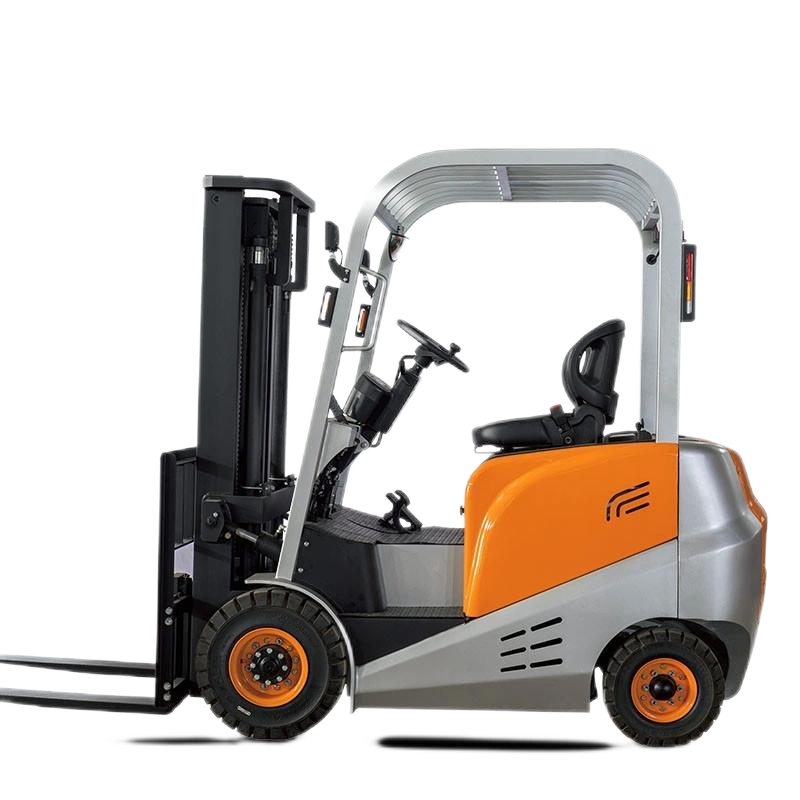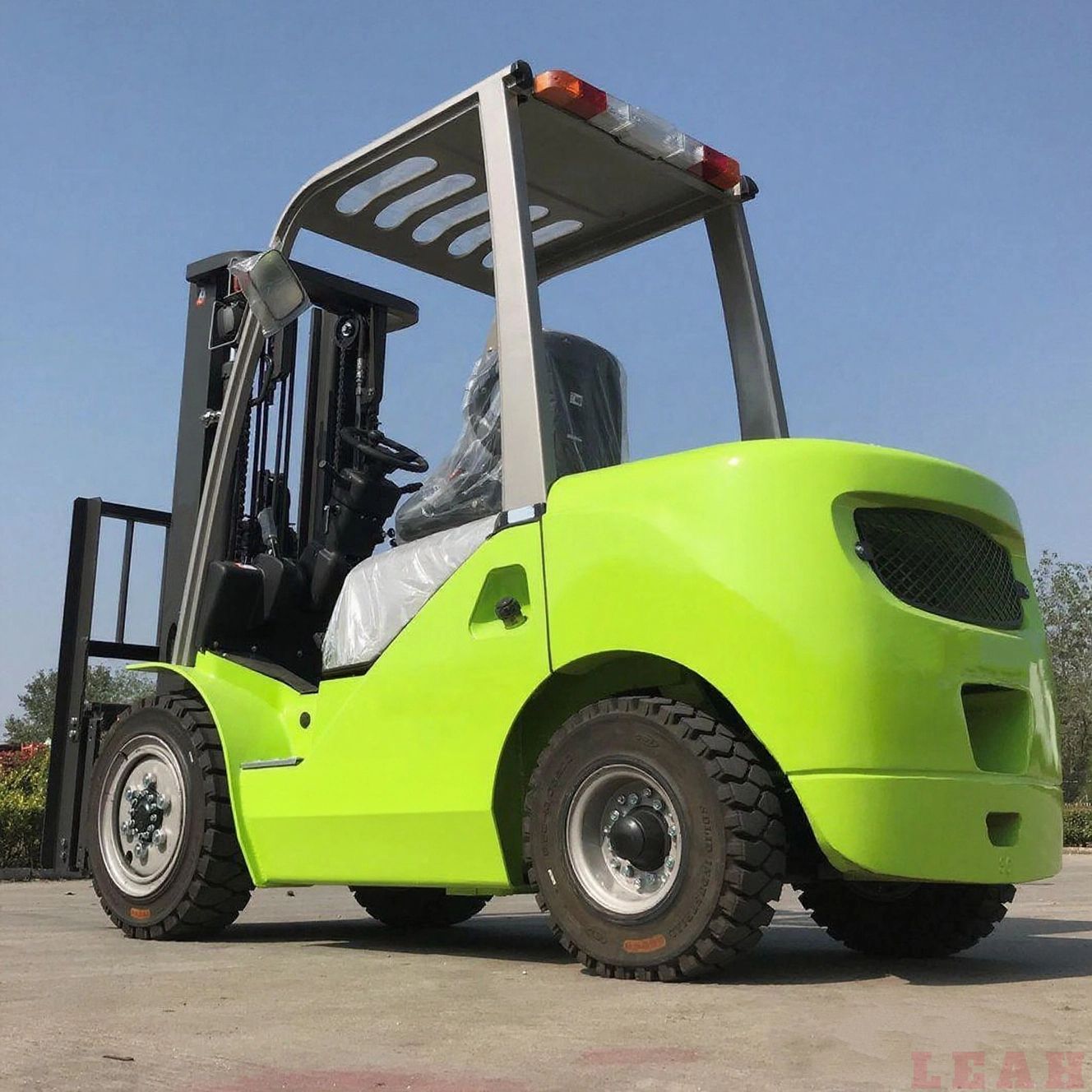The "off-road capability" of electric forklifts is a concept relative to traditional indoor warehouse electric forklifts. It is primarily designed for unpaved roads and complex working conditions (such as construction sites, mining areas, farms, outdoor logistics loading/unloading zones, etc.) and requires special designs to overcome the limitations of ordinary electric forklifts, which are "vulnerable to bumps, muddy terrain, and have short battery life". Below is a comprehensive analysis of knowledge related to the off-road performance of electric forklifts from four dimensions: applicable scenarios, core technical requirements, key selection criteria, and usage & maintenance precautions.
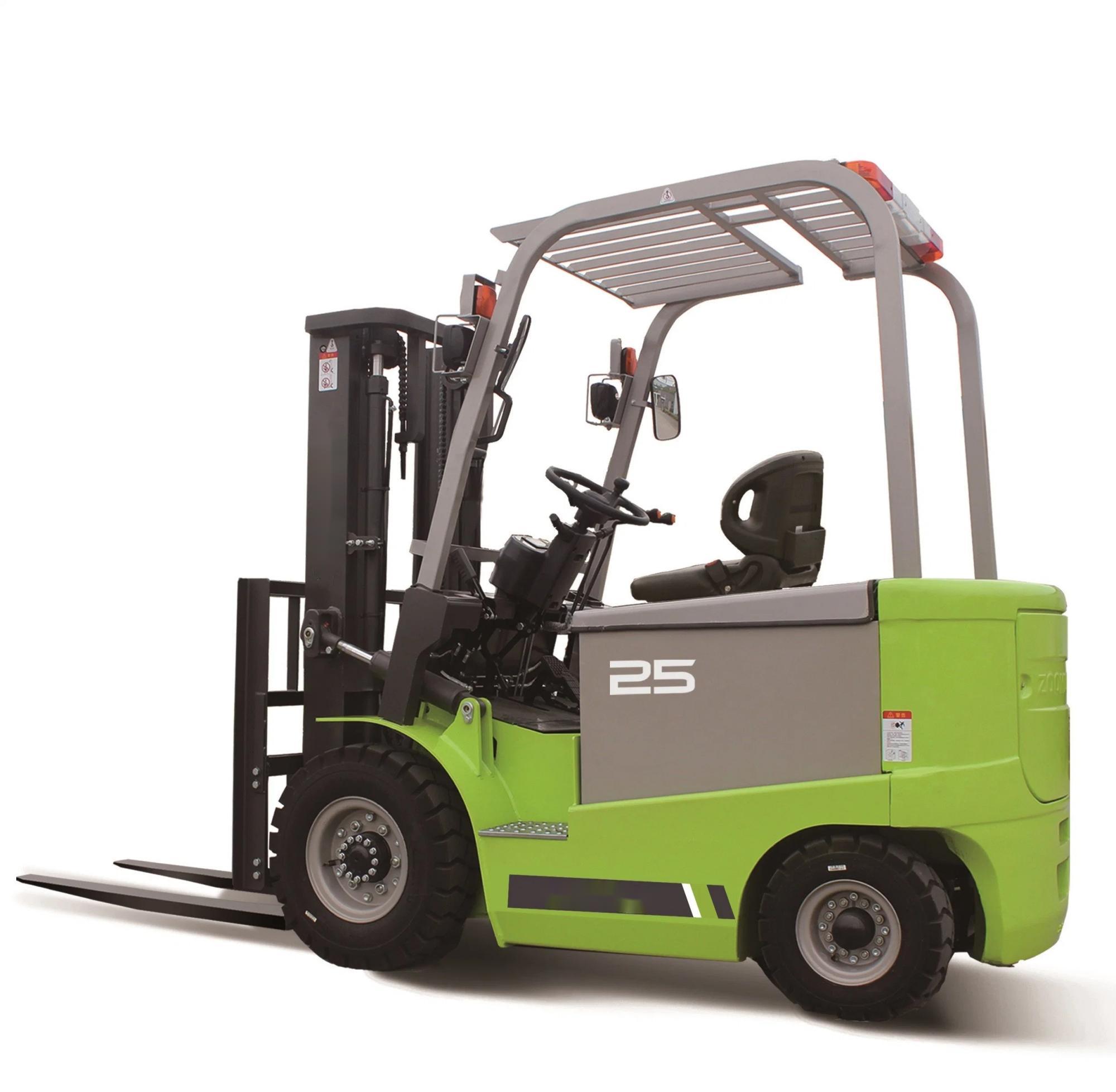
Not all outdoor scenarios require "off-road type" electric forklifts. It is necessary to identify the high-difficulty working conditions they target to avoid resource waste:
- Operations on unpaved roads: Applicable to gravel roads, crushed stone roads, muddy roads, grasslands, and gentle slopes (usually with a gradient ≤ 25°), such as the transportation of construction materials at construction sites and the loading/unloading of forage at farms.
- Operations in harsh environments: Suitable for mining areas with high dust levels, outdoor warehouses with high humidity, and open-air areas with low/high temperatures (-20℃ ~ 50℃). These forklifts need to be dustproof, waterproof, and temperature-resistant.
- Multi-functional composite needs: In addition to conventional forklifting (mainly for goods weighing 1.5 ~ 10 tons), they need to be equipped with attachments (such as side-shift forks, clamps, fork pushers) to achieve integrated "forklifting + handling + stacking" operations. Typical scenarios include outdoor panel factories and short-distance transportation at container terminals.
- Load capacity: Choose based on the weight of goods (1.5 ~ 3 tons for light handling, 5 ~ 10 tons for heavy construction materials/containers). Note that "a 10% margin for load capacity is required under off-road conditions" (e.g., if the actual load is 3 tons, select a model with a load capacity of 3.3 tons or more).
- Lifting height: The height for outdoor stacking is usually ≤ 4.5 meters. If only loading/unloading trucks (with a height of 3 ~ 4 meters) is needed, a model with a lifting height of 4.5 meters is sufficient; there is no need to pursue an excessively high lifting height (to avoid unstable center of gravity).
In off-road scenarios, lithium-ion electric forklifts have core advantages over traditional fuel forklifts: "zero emissions, low noise, and low maintenance costs", making them more suitable for enclosed/semi-enclosed outdoor areas (such as farms and factory premises). If there are no charging conditions in the operation area and 24-hour continuous operation is required, "hybrid (oil-electric) models" can be considered (but hybrid models have higher costs).
- Hill-climbing assistance: When the slope gradient is ≥ 15°, select models with the "slope anti-slip function" (the motor automatically locks to prevent sliding).
- Attachment compatibility: If logs or forage need to be handled, confirm whether the forklift can be equipped with "clamp attachments"; if container forklifting is required, select the combination of "side-shift forks + rotating forks".
- The driving speed on off-road roads should be ≤ 5km/h (≤ 10km/h on ordinary roads). Avoid sudden braking and sharp turns (to prevent goods from tipping over).
- When wading, the water depth should be ≤ half the height of the tires (even with IP67 protection, long-term immersion should be avoided). After wading, promptly check whether the battery connectors are flooded.
- In low-temperature environments (≤ 0℃), the capacity of lithium batteries will decrease by 20% ~ 30%. It is recommended to preheat the battery to above 5℃ when the forklift is parked (some models have a battery preheating function). In high-temperature environments (≥ 40℃), avoid direct sunlight on the battery and regularly check whether the cooling fan is functioning properly.
- When not in use for a long time, keep the battery power at 50% ~ 80% and recharge it once a month to prevent damage from undercharging.
- Weekly: Check the tire tread depth (replace if it is less than 3mm) and tire pressure (the pressure of off-road tires should be slightly lower than that of ordinary tires to enhance grip).
- Monthly: Check the chassis suspension system (whether bolts are loose) and steering rods (to avoid steering deviation caused by bumps).
The core value of
off-road electric forklifts is to "extend the environmental advantages of electric forklifts to complex outdoor working conditions". However, it should be clearly noted that their "off-road capability is limited" — they are only suitable for mild off-road scenarios (not extreme mountainous areas or deep muddy lands). To cope with extreme terrains (such as steep slopes in mines and deep ditches), professional off-road engineering vehicles (such as off-road forklifts with track modifications) are still required. When selecting a model, priority should be given to matching one’s own working conditions (road surface, load, endurance) rather than blindly pursuing "high configuration", so as to balance practicality and cost.






